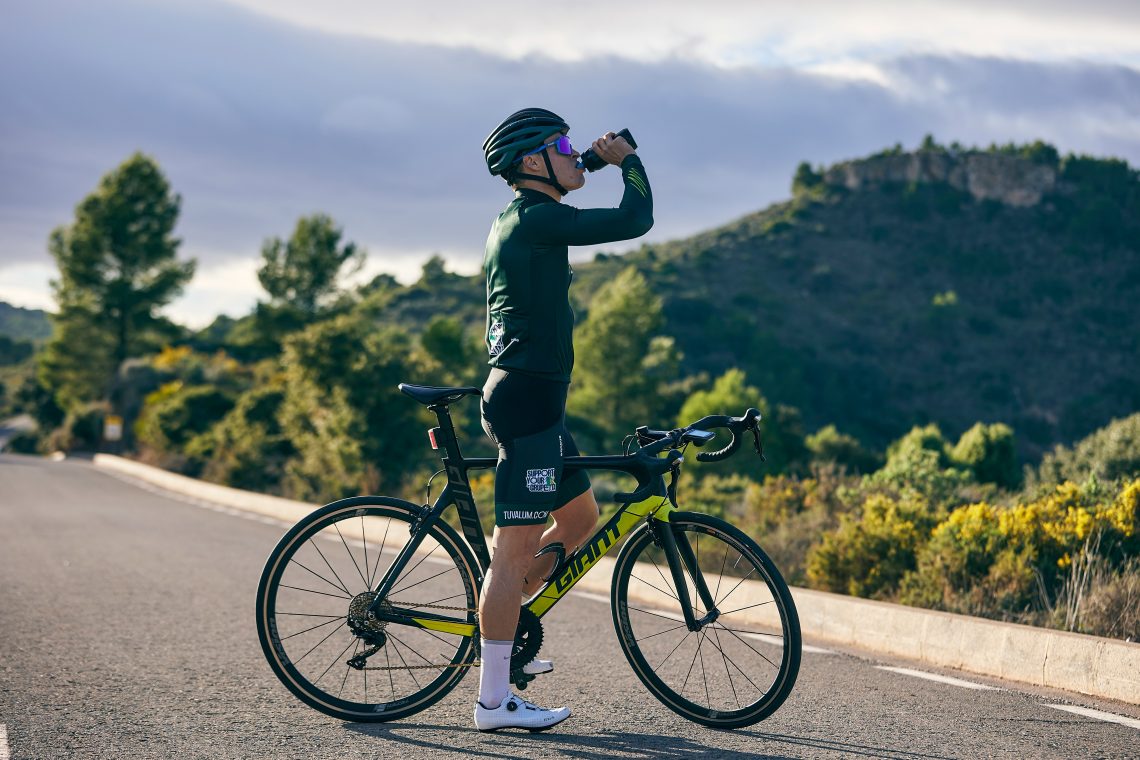Whether you’re a seasoned cyclist or just getting started, enhancing your performance can lead to more enjoyable and efficient rides. Here are practical tips to boost your cycling skills.
Optimise your bike’s fit
A well-fitted, quality road bike is a significant investment as it’s crucial for comfort, efficiency and injury prevention. If your bike doesn’t fit correctly, you may experience discomfort and even long-term injuries.
Your saddle height and position should allow for a slight bend in the knee at the bottom of the pedal stroke. The angle and position should also support comfortable, efficient pedalling without causing knee strain. Handlebar placement is essential for a comfortable riding posture and aerodynamics. Ensure that handlebars are within reach without causing strain on your back or shoulders. If you use clipless pedals, correct cleat placement can enhance pedalling efficiency and reduce the risk of foot and knee injuries.
Structured training plans
Consistency is key. Follow a regular training schedule and gradually increase the intensity and duration of your workouts to avoid overtraining and injuries.
Use endurance training to build your aerobic capacity, allowing you to ride longer distances with less fatigue. Interval training, on the other hand, involves high-intensity efforts followed by recovery periods, boosting your speed and power. Strength training incorporates gym workouts to build muscle strength and endurance, which translates to better on-bike performance, particularly for mountain bikers.
Nutrition and hydration
Nutrition and hydration are crucial formaintainingyour cycling performance. Consume a balanced meal rich in carbohydrates and protein a few hours before a ride to fuel your body.For longer rides, when you’re in the saddle, consume easily digestible carbohydrates like energy bars or fruits to maintain your energy levels.
Dehydration can impair your performance and recovery so before and during rides drink water or electrolyte drinks. And have a recovery plan. Post-ride, rehydrate and consume a protein-rich snack or meal to aid muscle recovery and replenish your energy.
Improve your technique
Improving your technique enhances your efficiency and road safety, so make sure that you pedal properly. Aim for smooth, circular pedal strokes to maximise your power output and reduce fatigue.
Practice proper cornering techniques, including body positioning and braking, to maintain speed and control through turns. And when climbing and descending, use effective climbing techniques to conserve energy and descending skills to safely navigate downhill sections.
Invest in a quality bike
Select a bike that suits your preferences, whether that’s road cycling, mountain biking or commuting.Choose frames made from either carbon fibre (itslower density means it absorbs vibration well), aluminium (it’s light and corrosion-resistantbut doesn’t absorb road buzz as well as carbon fibre), titanium (offers the best strength-to-weight ratio of all metals meaning durable but lightweight frames) and steel (heavier than both aluminium and carbon fibre,but stronger than the former and less expensive than the latter).
Whichever frame you choose, keep your bike in top condition with regular cleaning, lubrication and servicing to ensure optimal performance and longevity. Follow these tips so that you can boost your cycling performance.
Read more lifestyle articles at ClichéMag.com
Images provided by Deposit Photos, BingAI, Adobe Stock, Unsplash, Pexels, Pixabay & Creative Commons




